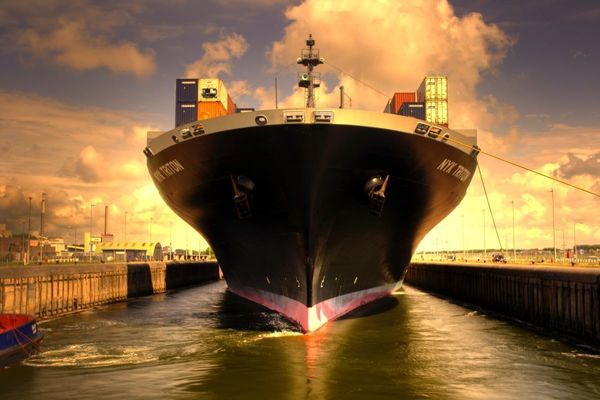Paying More... for Less
The hostility of the Biden administration and pressure from green-leaning investors has discouraged petroleum companies from expanding drilling. Meanwhile, California is running its own experiment in green energy adoption.

Capital Thinking · Issue #942 · View online
Shut down your old reliable coal and nuclear power plants. Replace them with wind turbines. Count on natural gas fueled power plants to fill in when the breeze stops blowing.
Curtail drilling for your own natural gas, and so become dependent on gas supplied by pipeline from Russia or by tankers chugging thousands of miles from the Middle East.
What could possibly go wrong?
Europe Natural Gas Shortage: Factories Shut, Maybe Worse to Come
Scott Buchanan | Economist Writing Every Day:
That is what Europe is discovering now as natural gas prices have quintupled, taking electricity prices up with them.
Europe is having a hard time finding enough gas supply to fill up storage facilities to get them through the winter. If consumers are prioritized, widespread industry shutdowns are possible if there is a cold winter.
Prices for many things will ratchet up, with implications for inflations and in turn for central banks’ response to inflation. (The Fed’s Powell has been talking down the current inflation as merely transitory).
In the UK, energy companies are going bankrupt because the wholesale price that at which they purchase gas is higher than the government-mandated cap on gas price they can charge consumers.
Plants which use natural gas as a feedstock like fertilizer plants are shutting down, which impacts farmers. Carbon dioxide is a byproduct of some of these operations, and the resulting shortage of CO2 is affecting meat-packers who use it in their operations.
Indeed, a food producer has warned that the Christmas dinner could be “cancelled.”That’s just how bad it is.
The Brits are even delaying the shutdown of the country’s largest remaining coal-burning power plant.
Jason Bordoff of the Columbia Climate School and the Center on Global Energy Policy just published a long article giving his perspective on all this. He identifies several contributing factors:
( 1 ) Cold and hot weather affected gas consumption this year.
Winter in much of the Northern Hemisphere was unusually cold earlier this year, which boosted gas demand for heating. And then a hot summer consumed more gas to make electricity for air conditioning.
( 2 ) Other sources of electricity have been hampered.
“Wind generation in Europe has been far below average this year due to long periods of less windy weather. …Demand for fossil fuels is set to spike further as Germany takes another three nuclear reactors off the grid this year as part of its nuclear shutdown.
Meanwhile, drought conditions in China and South America have led to reduced hydropower output, drawing supplies of globally traded gas into those markets instead.”
( 3 ) The post-COVID economic recovery has boosted industrial demand.
( 4 ) Russia has restricted gas deliveries to Europe though the existing pipeline that runs through Ukraine.
(Many observers see this as a pressure tactic to get Europe to switch over to a northern pipeline route, which would then remove the importance of Ukraine for Russian gas marketing, which would then give Russia a freer hand to resume military harassment of that country.)
Also, European countries have restricted their own gas production.The Dutch are curtailing the production rate at their big Groningen gas field because local residents fear earthquakes from ground subsidence, and the Brits have restricted fracking of promising gas fields due to public protests.
As might be expected in our interconnected world, the European supply crunch has affected U.S. prices, which are at their highest level in five years.
America exports gas via liquified natural gas (LNG) tankers, but U.S. gas supplies so far have not responded much to the price increase.
The hostility of the Biden administration and pressure from green-leaning investors has discouraged petroleum companies from expanding drilling.
Meanwhile, California is running its own experiment in green energy adoption:

Photo credit: Arjan van den Berg on Unsplash
